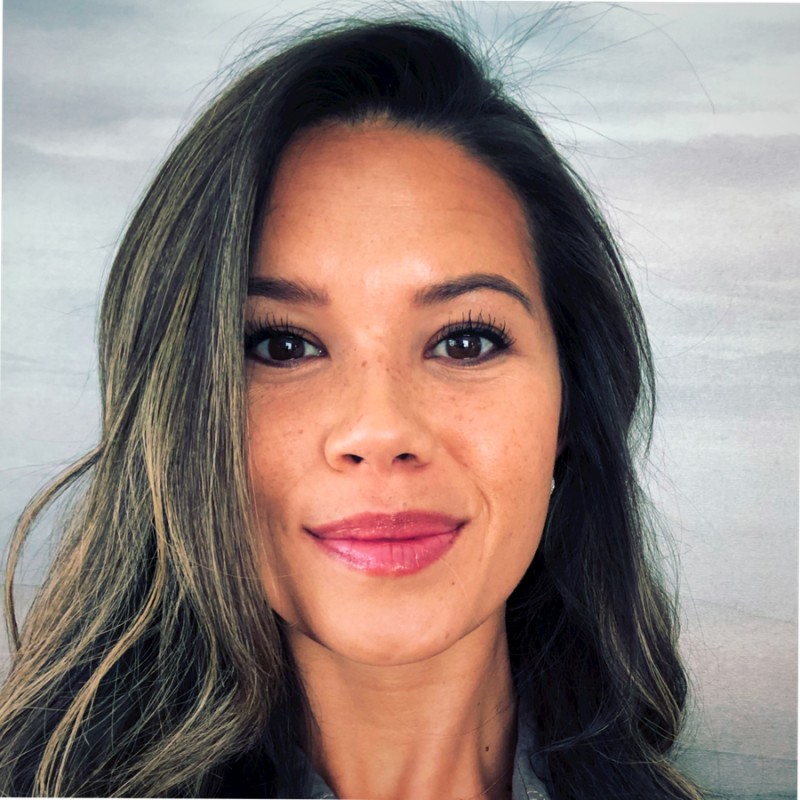With so many parenting techniques, it is hard to know which one is the most effective for helping your child learn responsibility and how to adopt the behaviors you would like. However, no matter which parenting method you choose, a behavior chart can help encourage certain behaviors in your child positively, whatever age they may be. In addition, these chart templates come in different formats and types, making them great for any family.
What is a Behavior Chart?
A behaviour chart is a positive reinforcement tool that helps your child adopt the correct behaviour that you desire.
Most children need assistance learning a new behaviour or how to drop an old negative one, and a behaviour chart gives them a visual to get this done. When the child carries out one of the desired behaviours, they will get a reward in the form of a token or a sticker. Once the child has the saved up number of points, which you must determine ahead of time, those points will then be exchanged for a prize.
A behavior chart is a great behavior modification tool that gives the child a chance to learn the new behavior and make mistakes while rewarding them when they do the right thing. The parent can choose the behaviors they would like to modify and the reward system while allowing the child to feel good and earn something when they do what is right. As time goes on, the new behavior will become a habit, and the child will start to do it without a reward.
There are many good behaviours that can be rewarded by the chart. For example, did the child share their colours with a sibling? Then they can earn a point. Did they finish their homework without fighting? There is another point. Handling out stars and points is relatively easy for the parent to do, but the reward can seem large to the child and will give them a positive feeling that they will want to do it again and again. As a result, the child will continue to do good behavior.
Why You Should Use a Behavior Chart
This chart is a positive parenting method that helps encourage your child to behave in a certain way. The stickers and rewards motivate your child to complete chores, help others, or get their homework done without fighting. These can then turn into habits that can ensure the child will behave properly, without yelling or other negative parenting methods that are not effective. Since the behavior chart can be modified to suit the individual child, it is a great parenting choice to encourage proper behavior in your child.
This chart will help to teach good behaviours to your child. It is effective because there are rewards and benefits to the child as they work on the goals that you have set. If you have tried other methods to promote good behaviour and feel at your wits end, you may feel that the chart is too simplistic, but it does provide good results that can put the decision of good behaviour in the hands of your child while giving you peace within the home.
There are different types of behavior charts that you are able to choose from based on the age of the child and the behavior that you would like to see. A simple sticker chart, for example, is good for younger children when you want to encourage no hitting or would like to help them potty train. These charts can also be used to help older children learn how to get homework done without a fight. You can also use a chore chart to encourage the child to take on more responsibility as they get older.
When you first start to use a behaviour chart, it is best to keep the tasks minimal. One or two behaviours for the chart are plenty to help them learn something new. As they master one behaviour, you will be able to get a new chart set up if you wish. As the child gets older, you can give them more tasks to complete at a time, such as with a chore chart where you can give them as many chores as you wish.
Different Types of Behavior Charts
Parents will be able to choose between several behavior chart templates for their children. Since every child is unique, there isn’t a one size that fits all of the right templates. Utilising these, and making adjustments where necessary, can help make this a fun and enjoyable experience for your child.
Some of the types of charts you can use for your child include:
Sticker chart
The sticker chart is a simplistic behavior chart that works the best for younger children and motivates them to help them learn something new. Another time you can bring out the sticker chart is when your child has a chronic health problem. The stickers can be used as a way to help the child stick with their treatment regimen. With a Sticker Chart,they will be able to stick with their treatment and have better outcomes.
You can also choose to use the sticker chart when you need to enforce new behaviors in your children. This can help children learn the rules and guidelines in the home, in a fun and motivational manner. Stick with one behavior at a time. This helps make it more effective for your child. Once the habit is formed, you can change the chart to help the child learn a new behavior.
How it works
The sticker chart requires the parent to pick out one behavior they would like their child to work on. They can discuss this behavior with the child to see where to start. When the child exhibits this good behavior, a sticker is placed on the chart. Also, using a premade template can help you save the time and effort of creating a sticker chart from scratch.
When to use
Sticker behavior charts work best with younger children. For this age group, the sticker may be enough of a reward for them. You can try to use this with older kids, but be prepared to bring in other treats and rewards. You can use this chart to help your child master new good behaviors. Many parents will find that this chart can be a good one to use when potty training or if they would like to teach their child how to pick up toys and help out around the home. It is a simple way to encourage new behaviours and the sticker itself is often a good reward to help make this happen at this age.
How to make it most effective
The sticker chart is the most effective if you choose just one behavior you want to work on at a time. For example, if your child struggles to share with siblings, this can be good behavior to start with. You can then add in more behaviors later on once the first one is mastered.
Parents should let the child have some say in organising the sticker chart. They can choose the types of stickers they would like to add to the chart. Place the chart somewhere it is easy to see. The more ownership your child has in this chart, the more likely they will stick with it until they master the new behavior.
Common mistakes to avoid
The key to making the sticker chart work is not to complicate things. This is meant to be a simple behavior chart and will work best for younger children. Adding extra steps will just confuse everyone. You can just place the stickers on a piece of paper or a chart. The younger children will not care if they earned the sticker on a particular day; they just want to count how many stickers are on the chart when they are done.
Parents can also try out a few different methods of this chart for older children. Options like colour charts, start charts, and written charts are effective too; they just require a different input method to get it done. It is easy to add a more in-depth reward system if necessary for older children.
Free sticker charts
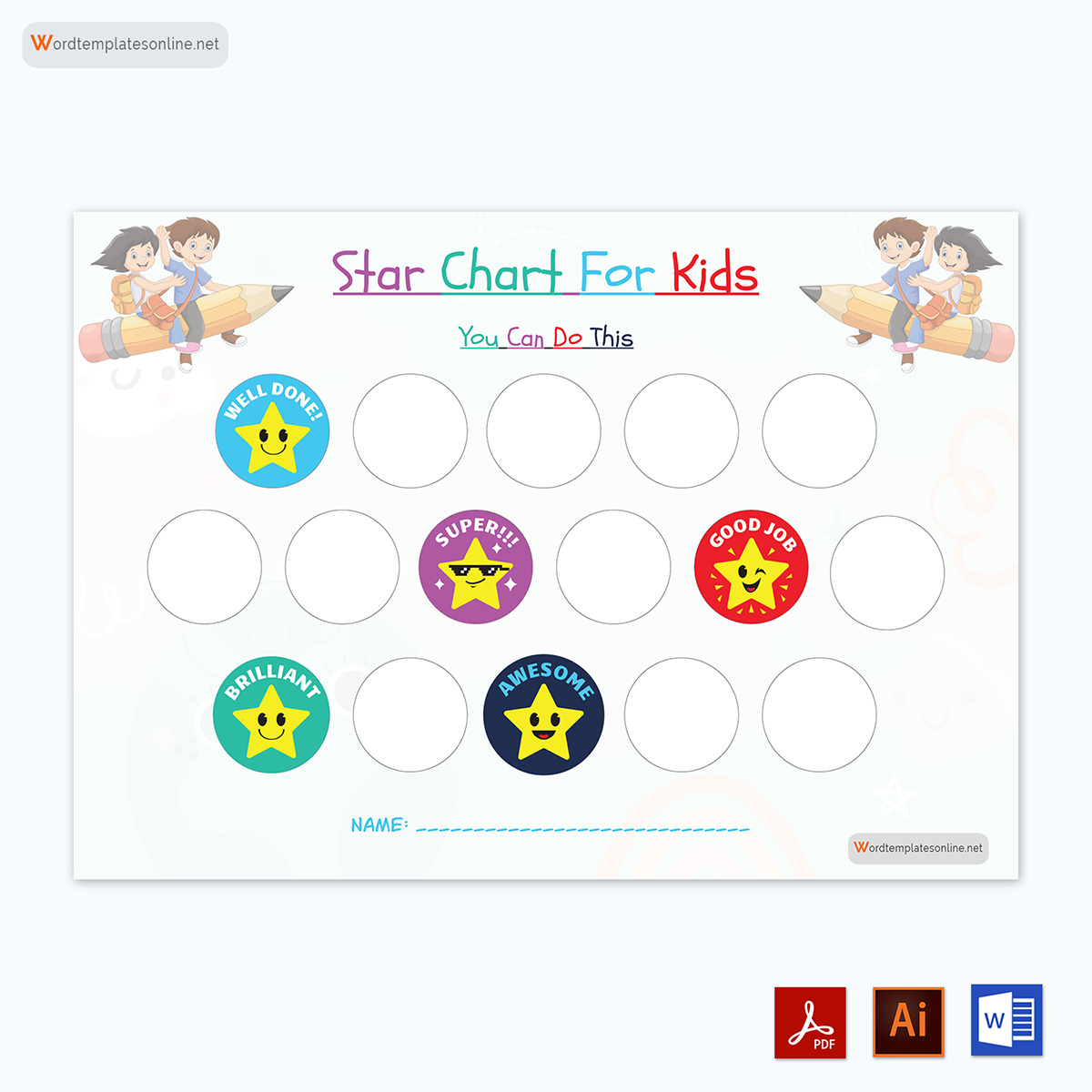
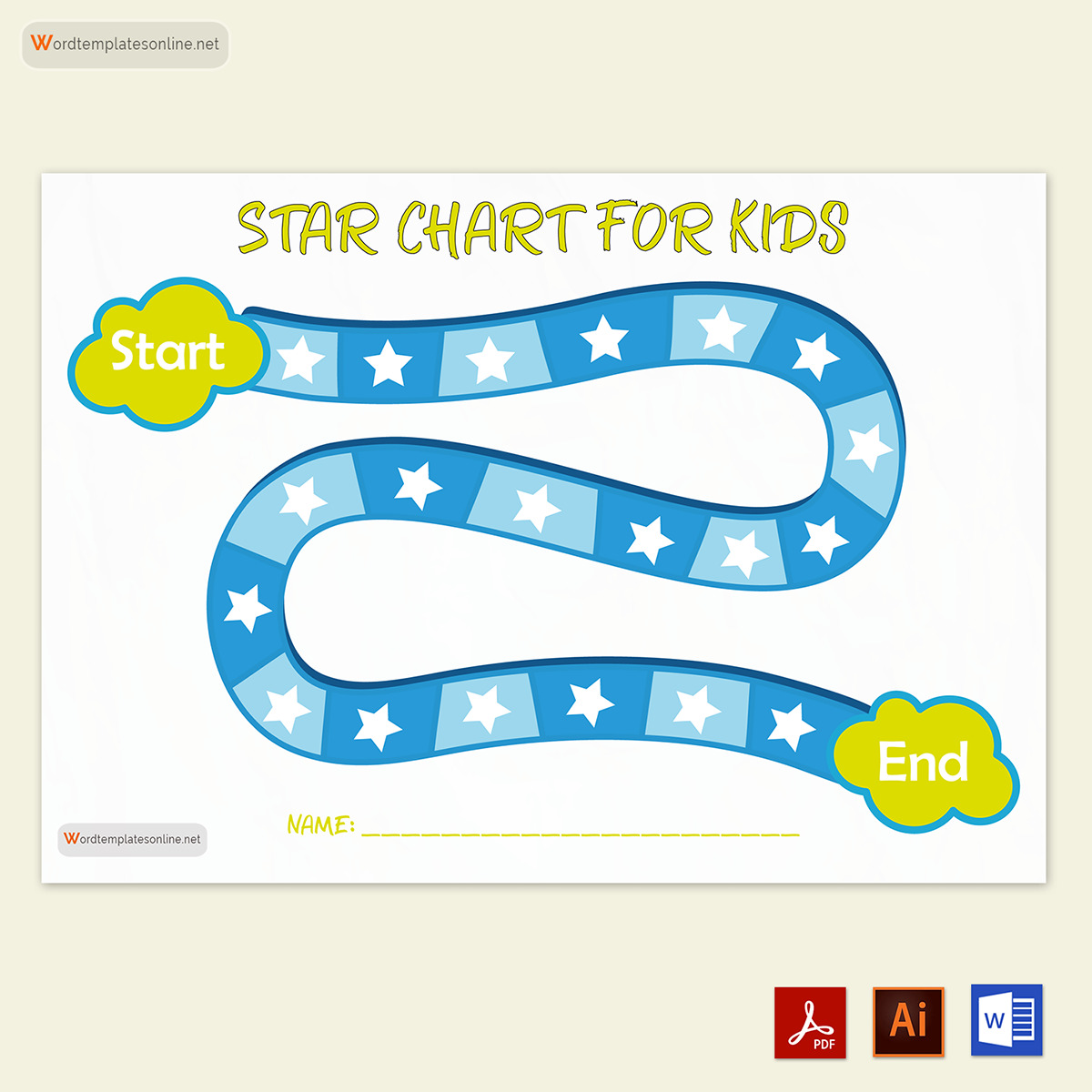
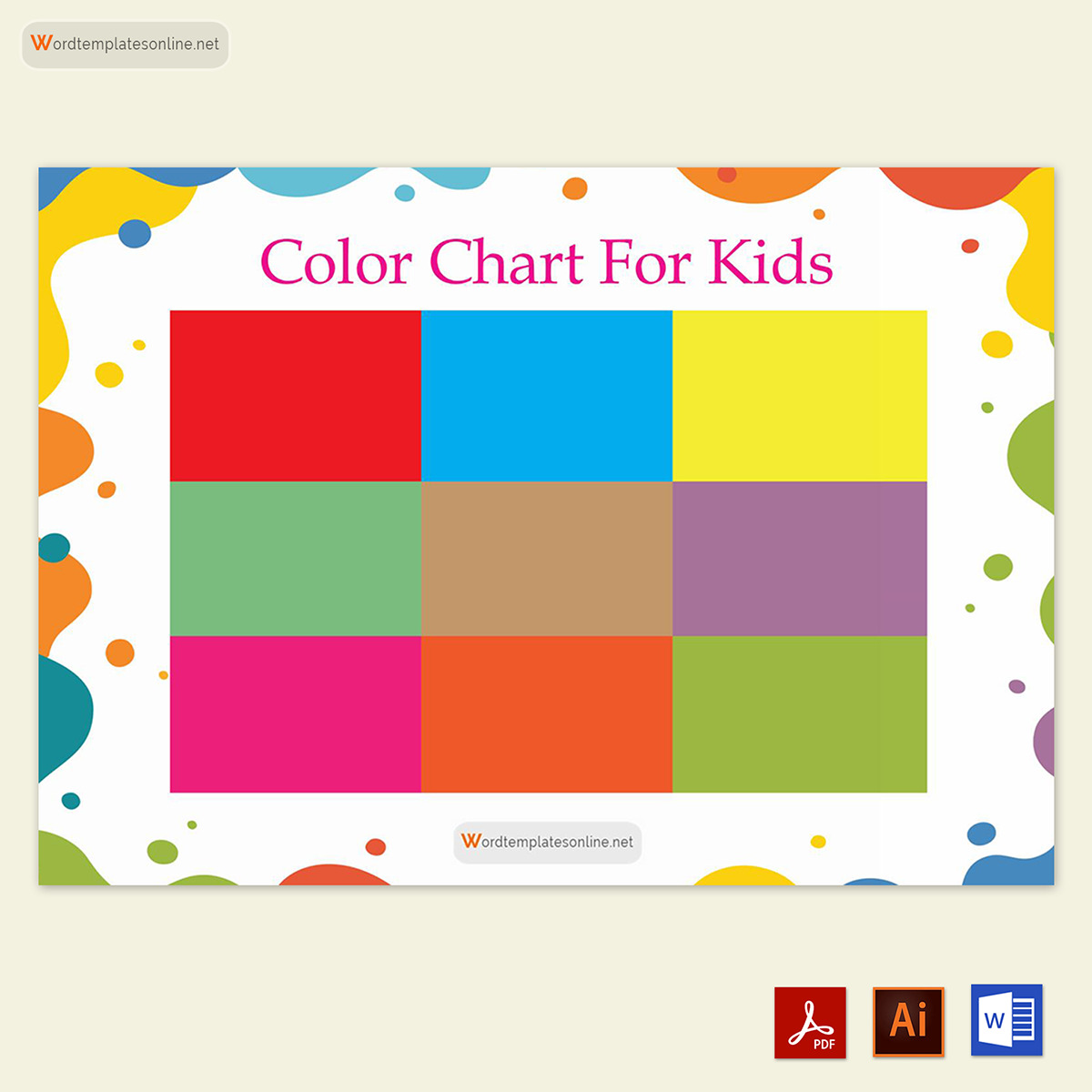
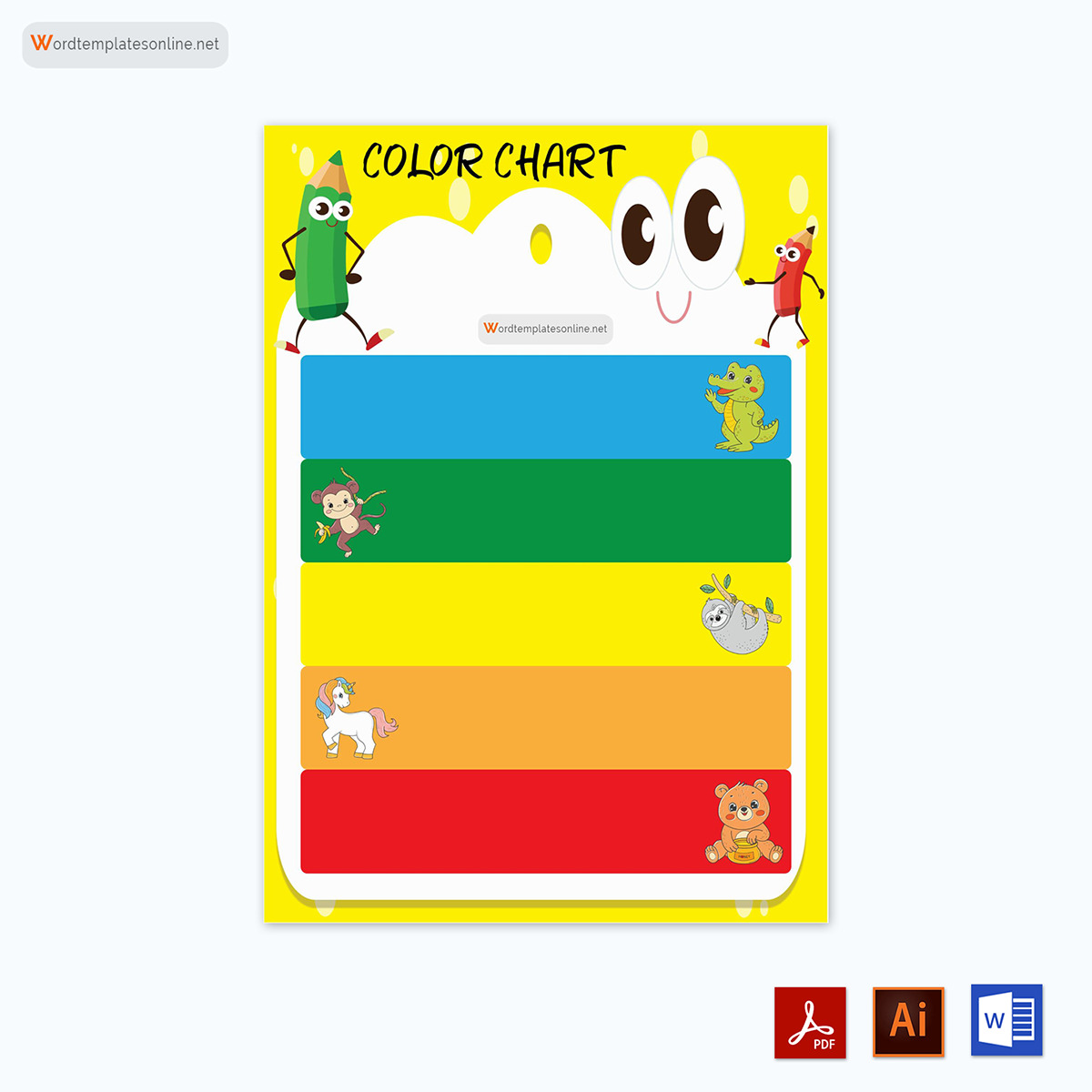
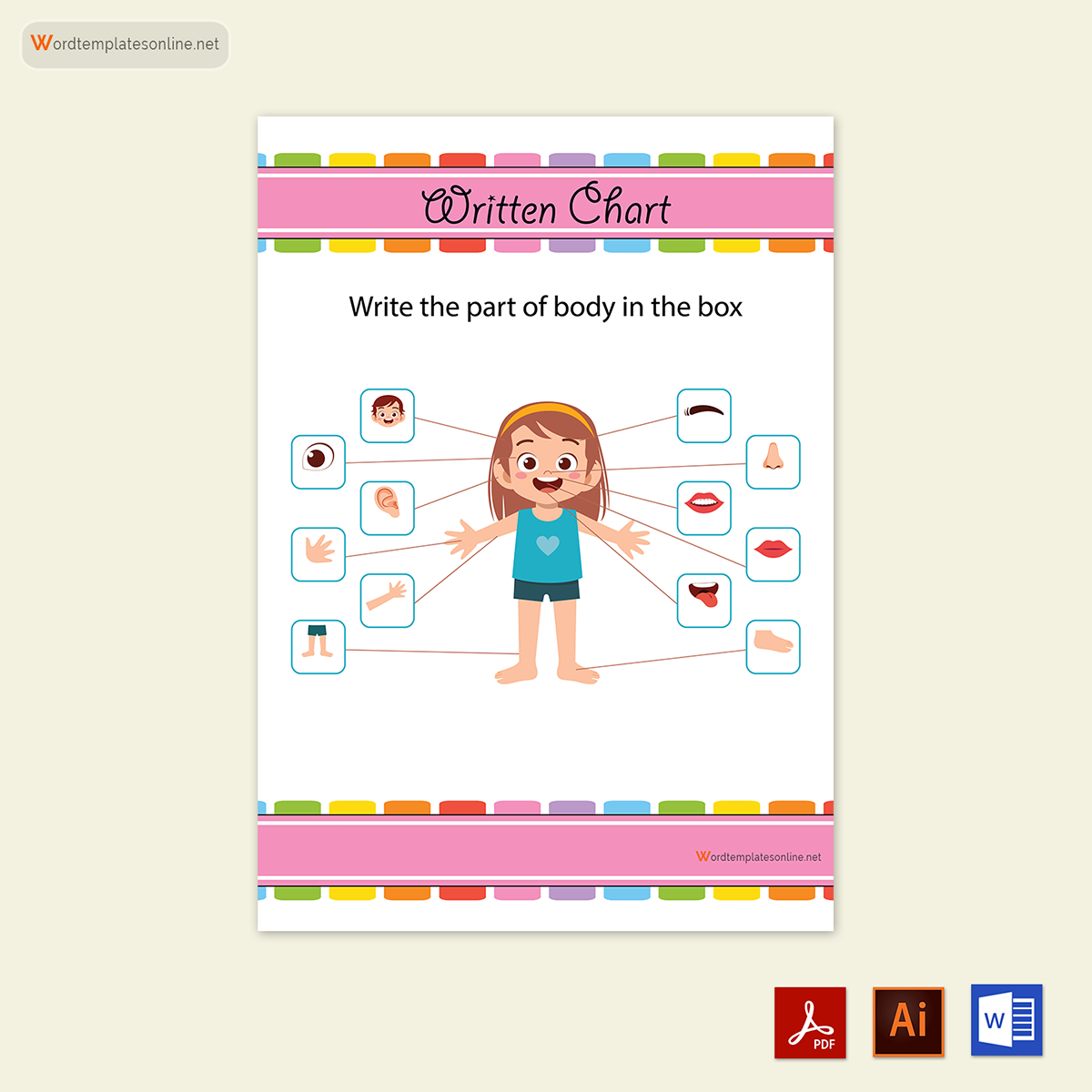
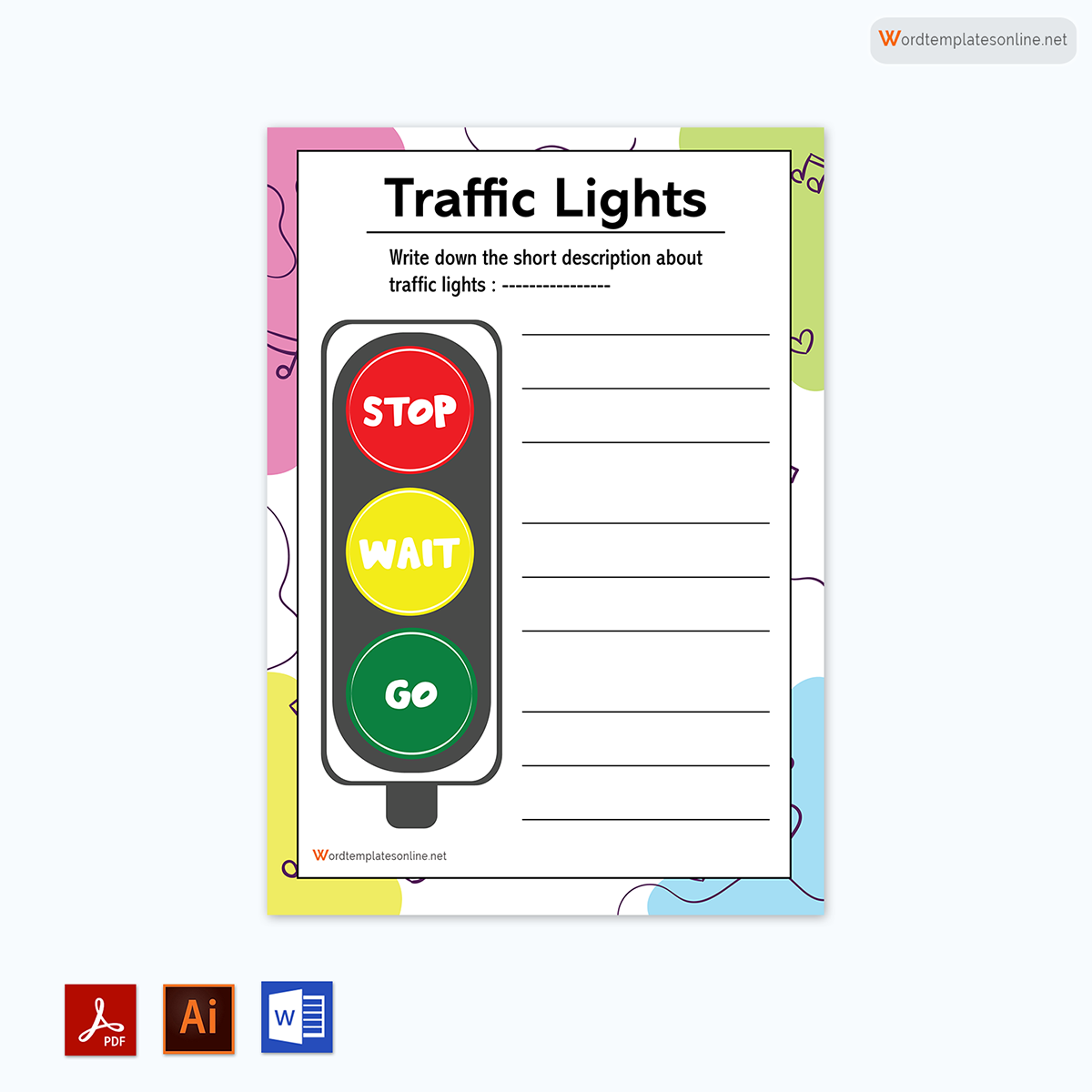
Chore chart
Teaching your child responsibility at an early age can be an invaluable skill that will follow them through life. For example, giving your children chores, based on their age, can help them learn that everyone has a job to do and that they can help out around the home. A chore chart can be a great behavior chart to help you get started in handing out chores. Parents can also choose rewards, like an allowance, based on how many chores the child did without complaining.
How it works
The parent will need to determine which chores the child must do and can create a list of these. Then, each day when the child completes all of the chores, without fighting or complaining, the parent can add a sticker or use another method to track that the work was done. The parent can choose which type and how many chores they would like the child to do each day.
When to use
You can set up a chore chart at any age for your child. You will need to consider the age of the child when creating the chore list, though. As the child ages, you can add more responsibilities or give them larger chores to help out around the home. For example, when the child is a few years old, their chore could be to pick up their toys with mom and dad and set the table. When they are older, you could add chores like vacuuming or cleaning the bathroom.
Many children are more likely to do their chores when they have a clear list of items in front of them as a guide. You can use a checkmark or another option to help keep track of when the chore is done.
How to make it most effective
Most parents find that the chore chart is most effective when their children know they can earn something when they reach a certain goal. Sometimes this can be electronics time or an allowance when they get the chores done. The chore chart is a great way to track when the chore is done to help everyone be on the same page about the reward.
Common mistakes to avoid
The chore chart is supposed to make chore time a little easier. You should not nag your children to get them done. Instead, give your children a deadline for when the chore needs to be done. The deadline can depend on your schedule or which chore needs to be completed. For example, if they have to clear the table after supper, the deadline will be later in the day before they make their bed. If the child does not get the chore done, they won’t get to mark it off on the template and will end up missing out on the reward.
Free chore charts
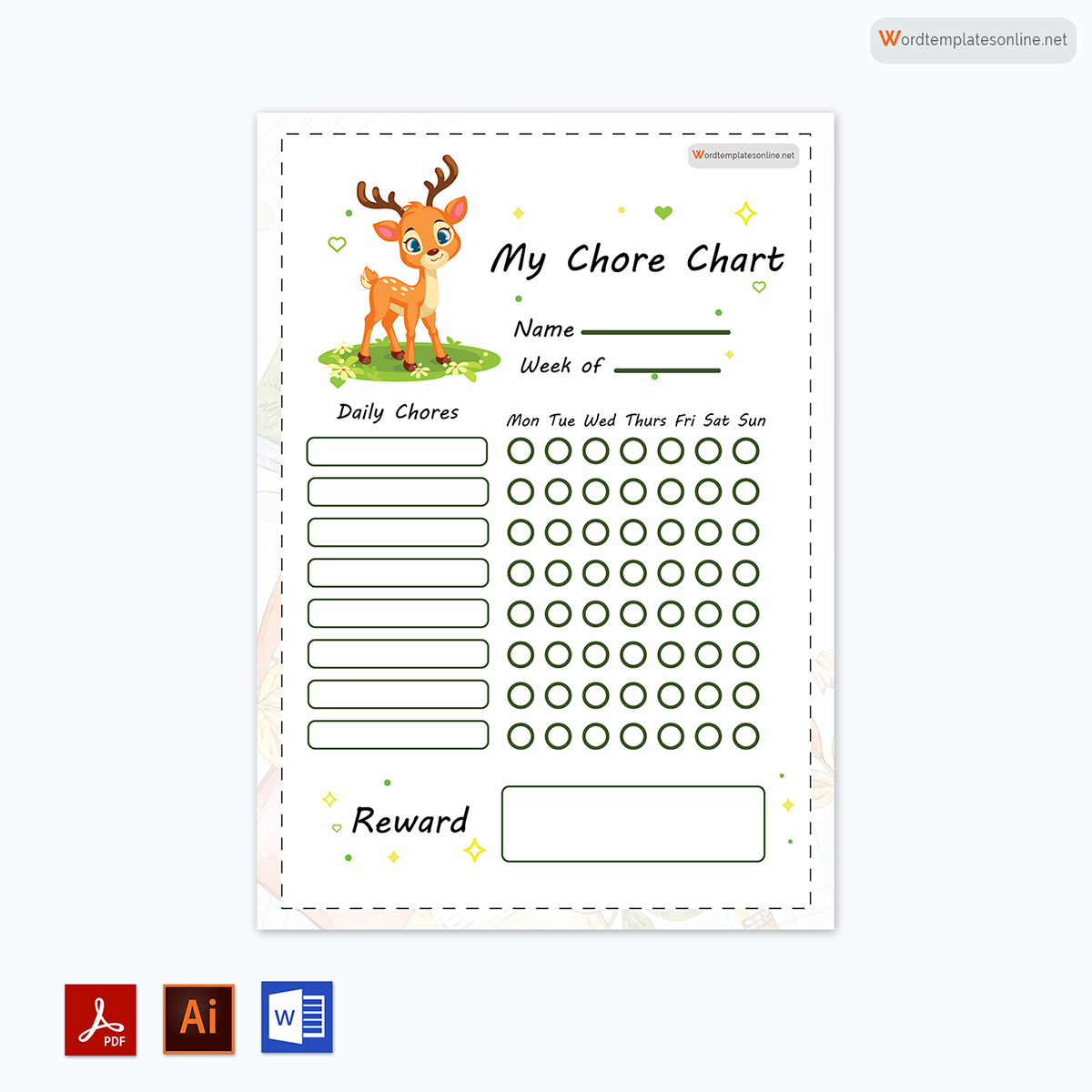

Routine chart
A routine is good for children of all ages. While they may fight against it a little bit, they will thrive and become more successful when they have predictability and structure around them. A routine chart will help you solidify their routine and can help children know what is about to happen at different parts of the day. You can add some of the necessities into the routine, like bedtime, but allow your kids a chance to add some ideas to the chart, so they feel more involved in the process.
How it works
A routine chart works best if you can make a schedule to outline the things the child must do during the day. You can make a chart for different times of the day if you worry having it all in one place may overwhelm the child. Include everything that the child needs to do to help keep them on track. For example, the morning charge could include getting up, making their bed, eating breakfast, getting dressed, brushing teeth and hair, and heading off to school.
When to use
While it may seem like you are micromanaging your child with this type of chart, the routine chart is going to give your child the tools they need to become more responsible. You can add items to the chart based on the age of the child. For example, a preschooler is likely to only have two or three items on the chart to keep them focused on getting ready in the morning. For your older child, you can use the routine chart to help them know when to turn off the electronics and when to do homework in the evening.
How to make it most effective
A routine chart can work for children of any age, but you may need to make adjustments based on the age of the child. For children who aren’t at a reading level yet, use pictures instead of words. Keep the chart in a location where your child will see it the most. A prominent place in their bedroom is a good place to start.
Common mistakes to avoid
The routine chart can quickly become a to-do list to help the child take responsibility for themselves. Once the child understands how the chart works, you will be able to set them free without having to constantly remind them of the tasks they need to get done.
Free routine charts
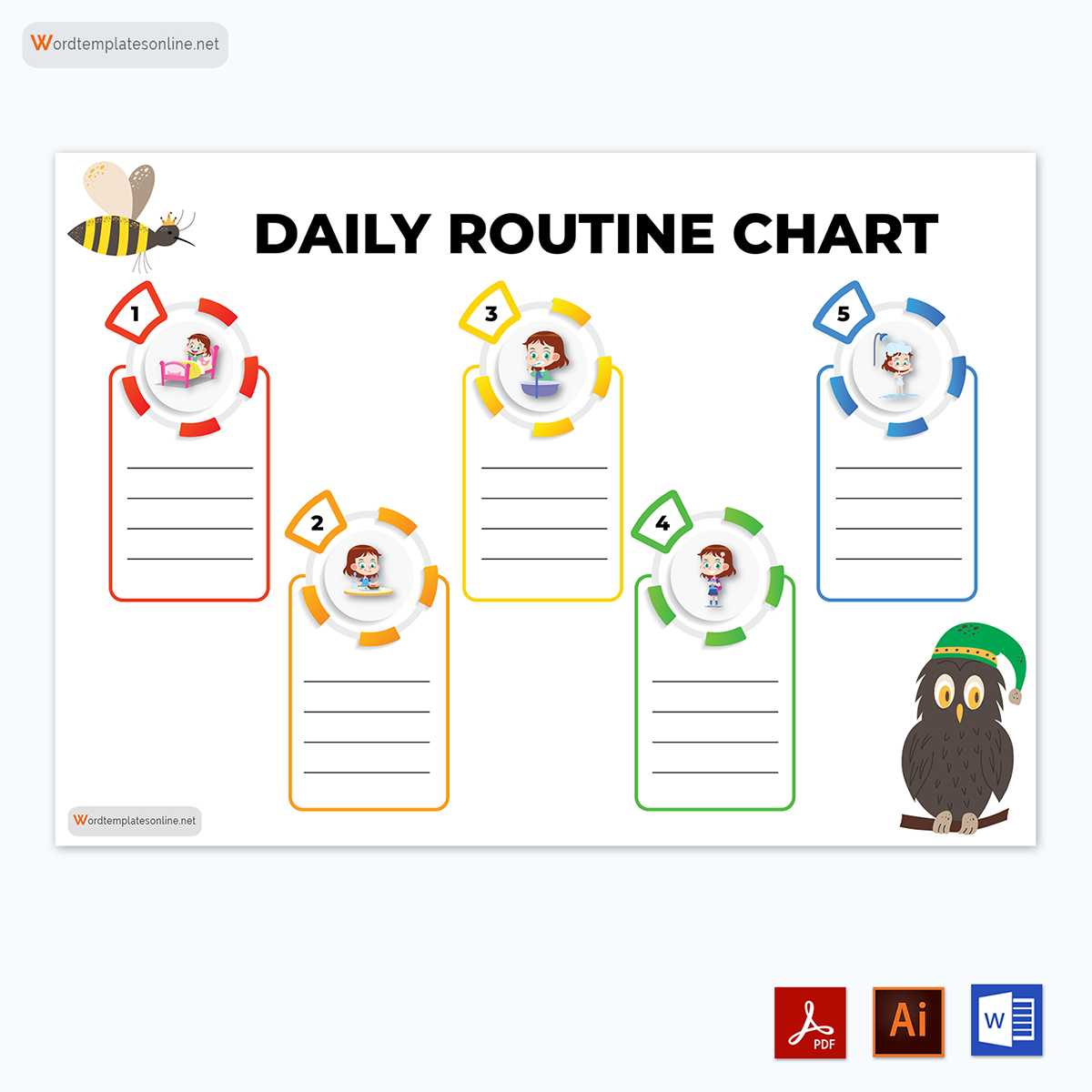
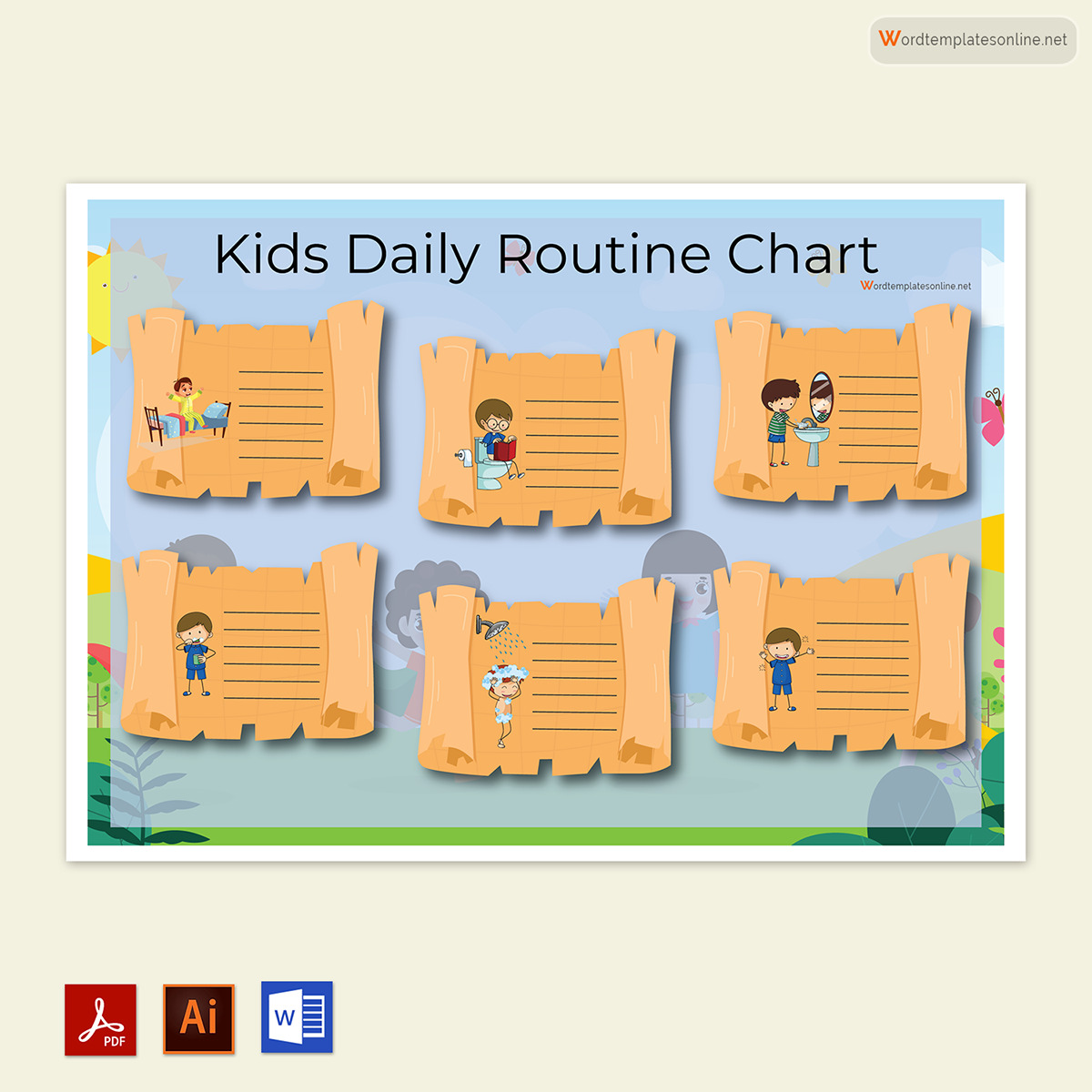
Weekly chart
When the goal is to modify, rather than teach, a behaviour to your child, a weekly behaviour chart is a good option to use. The parent will be able to identify the behaviour they want to work on and then determine the reward to the child if they are successful. If your child struggles to share with others or they tend to act out in class, you can keep a weekly chart to help out with this.
Keeping the chart simple, with just one or two tasks to work on at a time, can avoid confusion and gives the child something to work on. When the child does a good job at modifying their behavior, they will get a predetermined reward.
How it works
For this chart to work, the parent will need to pick one behavior that they would like to see their child use more of and write that down on the chart. Be specific with the behaviour that you want their child to start exhibiting. For example, you can ask the child to use gentle touches, rather than making a rule of no hitting.
Each day that your child uses gentle touches instead of hitting someone in the family or at school, you can add a smiley face, a sticker, or another mark that will show the progress they have made. In some cases, the child may struggle with changing their behaviors. To encourage them to keep working hard, you may want to split the day up. It may be too hard in the beginning for the child to make it all day with gentle touch. Giving them a sticker or a checkmark if they can make it through the morning with gentle touch can be a good place to start.
When to use
Parents should consider using this behaviour chart each week. Once they see a behaviour they would like to enforce or change, they can add this into their routine. The parent can choose the type of behaviour they would like to enforce, such as encouraging their child to get homework done or learning how to not hit or bite others.
How to make it most effective
As the child gets better at avoiding negative behaviors, they will accumulate stickers or checkmarks for doing so. You can then set up larger rewards that the child can trade their good marks for. You can choose the reward you will give them. After five checkmarks, for example, you can take them to get ice cream or on a trip to the park. Make it something that will get your child excited, so they work really hard for the reward.
Common mistakes to avoid
You are modifying a behaviour in a child, which can take some time. Adults struggle to change their behaviours too. Do not expect perfection, and be ready for your child to make mistakes as they learn. Continue to encourage them, so they do not give up. You may find that they do really well in the beginning and then start to struggle as time goes on. Keep encouraging and helping your child to reach success.
Free weekly charts
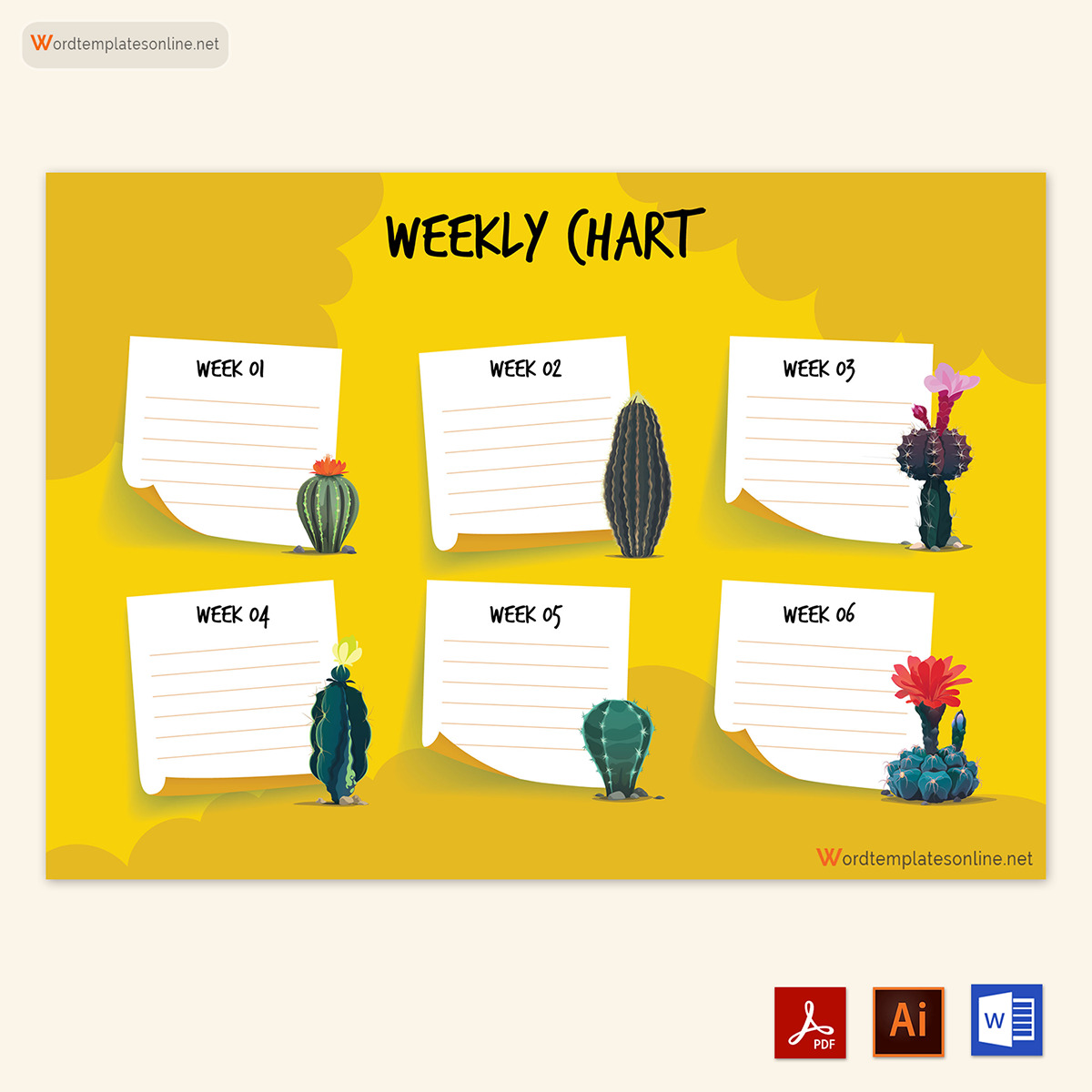
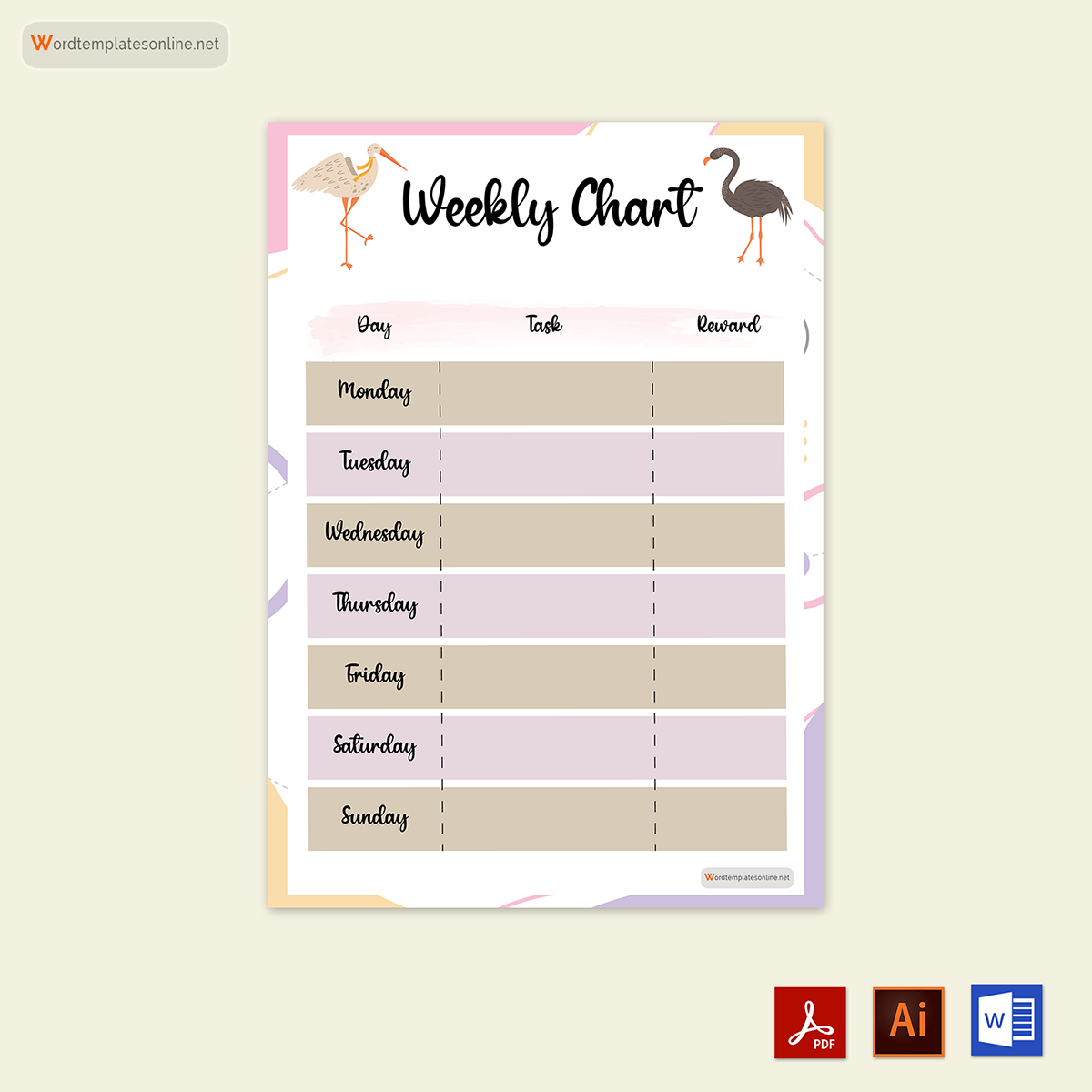
How to Make It
Creating a behavior chart can be a difficult process. Many parents will download a free template that they can edit, print, and then hang up somewhere that makes sense for their family. When using this method, make sure the child is the primary one who can see it because this provides additional motivation to keep them going.
Some parents do not want to have a lot of paper around their home or worry about losing it in the clutter of their homes. Many great apps provide templates that can help monitor the behaviour and help the parent know when it is time to provide a reward. This may be a more effective option to use for older kids and teens as they can track their progress on their own phones.
Final Thoughts
A behavior chart is a positive parenting technique that can help children learn how to become responsible and learn new behaviors. The parents will be able to choose the behaviors they would like to change and the rewards they will offer, while the children can give their input and have the motivation to keep working hard to reach their goals. When you are ready to work with your child to see a positive change in their behaviors, choose the right chart template to help get started.
